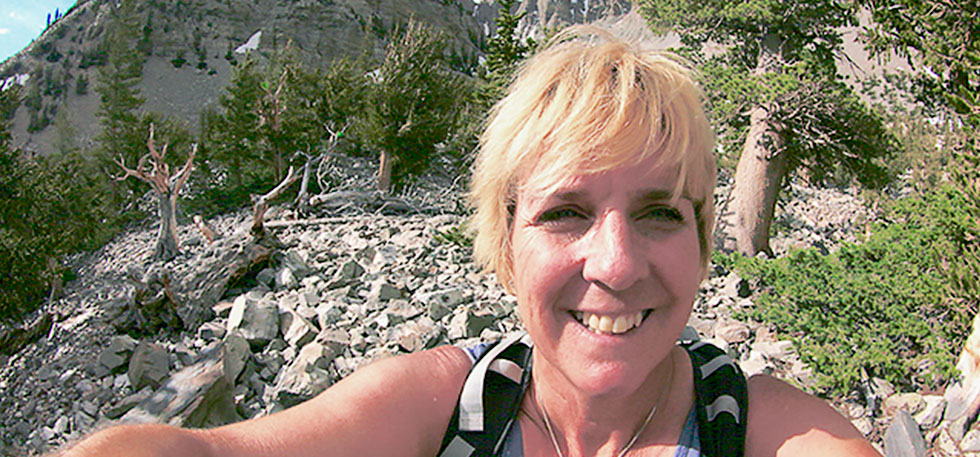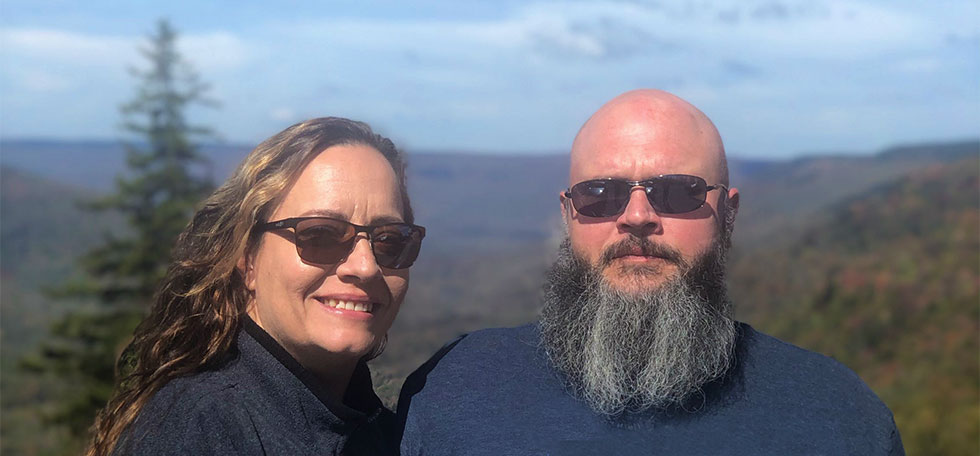Chris lives in Southern Georgia with his wife and their four children. He works at a pulp mill where he oversees some of the factory’s key equipment.
One day, calamity struck and changed Chris’ life forever.
accident leads to lost arm
“I went into work one day and we were having problems with one of the machines. I wasn’t even actually supposed to be there that day. I went to see if I could help. And in the process of doing that, I got my hand caught in the machine and it ripped my arm off.”
His coworker rushed to his aid, using his own belt as a tourniquet and the shirt off his back to apply pressure before Chris was picked up by ambulance. The paramedics, after seeing the damage that occurred, opted to call in for a helicopter to airlift him to a hospital.
Chris had four surgeries in 10 days. “I stayed in the hospital for about two weeks and they were not able to save my arm from the accident. Once I got home from the hospital, I began experiencing excruciating pain. It was rough going day-to-day, I would cry myself to sleep. If I could sleep.”
“There were times too where you didn’t know what your life was gonna be like going forward, because you couldn’t live in that state. Nobody could live in that state. I mean, it was that bad,” said Chris. “I wanted to spend that time with my family, but I was literally unable to do that just from the pain.”
real pain, phantom limb
“I went to pain management to help alleviate the pain and it initially helped. And it helped throughout the process, but the pain was always there. It would seem to never go away.”
Chris often felt like “a bolt of lightning was starting from the top of my arm and shooting down the rest to my arm—an arm I didn’t have. It’s crazy to imagine, I lost my arm in an accident, but I could still feel the entire arm like it was there.”
“Other times, it would feel like the arm was on fire, it was burning. And then there were other times where my ‘arm’ felt under a lot of pressure, like my arm was getting crushed.”
The pain Chris experienced is unfortunately not uncommon after an amputation. Phantom limb pain is experienced by 50-85% of people with an amputation. For Chris, it seemed that the only option presented to treat the pain was prescription medication, and it would help, but then other side effects would come with it. “I would not want to get out of bed. I couldn’t get out of bed,” said Chris.
“I was actually terrified to be on pain medication because I know what drugs do to people. People get hooked onto them and it ruins lives and I didn’t want that for me. I didn’t want that for my family. I wanted to overcome that. Really, the only other solution that we had was to maybe kill those nerves. And I didn’t want to do that either, because if I’d done that then I’d have lost all function in my shoulder.”
Chris was determined not to rely on pain medication for the rest of his life. And in his search for help to wean off medication, he came across Dr. Kolovich who offered a different approach.
repairing nerves to remove pain
“When Chris came in, he was on high-dose narcotics. He was restless. He had bags under his eyes. He was flushed. He was sweating. He was pacing around my room. He just had all the classic signs of neuropathic pain and that’s pretty common after a traumatic injury. He was clearly just trying to get his life back together,” said Dr. Kolovich.
Dr. Kolovich explained to Chris just what was going on with his nerves. He compared Chris’ nerves to an electrical system and that several nerves cut during the amputation had formed neuromas, masses of scar tissue in the nerve that were basically a collection of ungrounded nerve endings. “Essentially, all my nerves were just sitting there and sparking, causing that pain,” said Chris.
Dr. Kolovich recommended a nerve repair procedure called Targeted Muscle Reinnervation (TMR). During the surgery, he would remove the neuromas, which were the source of the pain—and then repair the nerves to restore more normal nerve function.
A total of four neuromas were removed during Chris’s nerve surgery. Dr. Kolovich then reconstructed Chris’s nerves by connecting them to nerves located in chest muscle. In order to make that possible, there were large gaps that needed to be bridged. Dr. Kolovich used donated nerve allograft to bridge those gaps, allowing Chris’s nerves to regenerate and restore more normal signals to his brain.
recovery and renewal
Initially after surgery, Chris was still on his pain regimen. “But I could tell that the pain was starting to diminish, so little by little, we started slowly coming off pain medication.” About six weeks after surgery, he was fully off of all narcotics.
“Chris is a special person because he’s a salt-of-the-earth type of guy,” Dr. Kolovich said. “He never complained. He never whined. He never said, ‘why me.’ I think if you met Chris for the first time, you wouldn’t have known that he was in this horrific pain. He’s just got his life back.”
Now that Chris is living without chronic pain, he is able to do what he loves again. “My life did a 180. I love to spend time with my family. We like to go do things, travel. Before nerve repair surgery, I wasn’t able to do those things. I lived in pain every day of my life. Some days it was hard to get out of the bed. Sometimes I didn’t even want to eat,” Chris said.
“After having this surgery, I was able to go back and spend time with my kids. Go hang out with my friends, spend time with my wife, go back to work with no restrictions, coach my daughter’s softball team [and] have those experiences where I’m not just lying in bed all day and I can live a full life.”
Dr. Kolovich is a paid consultant for Axogen Corporation, however the views expressed are his own.
Each patient outcome is dependent upon the nature and extent of nerve loss or damage, the timing between nerve loss and repair, and the natural course of the patient’s recovery. These testimonials reflect the experience of the particular individual and may not represent typical results. Please consult a surgeon for more detailed information.
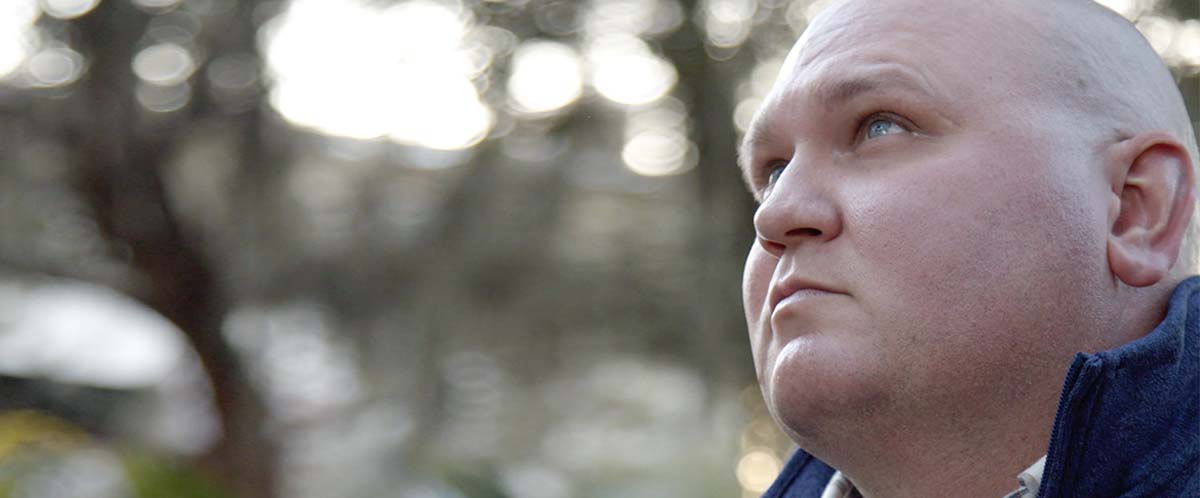
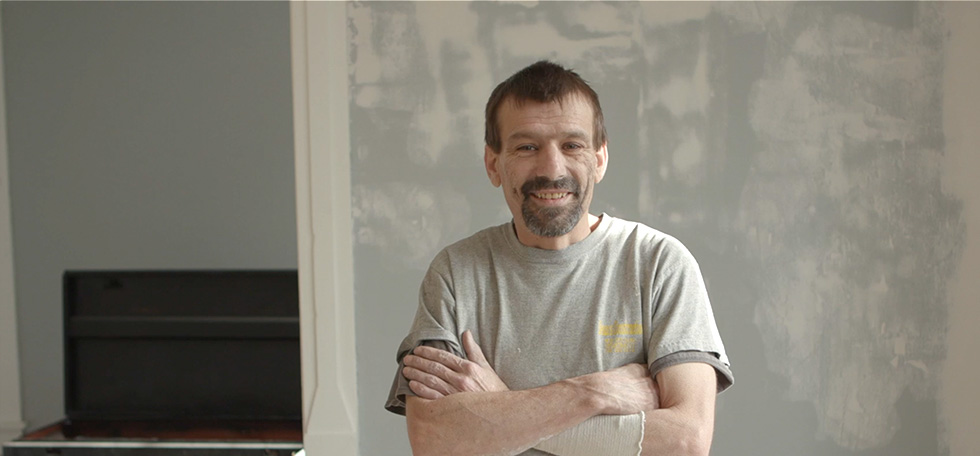
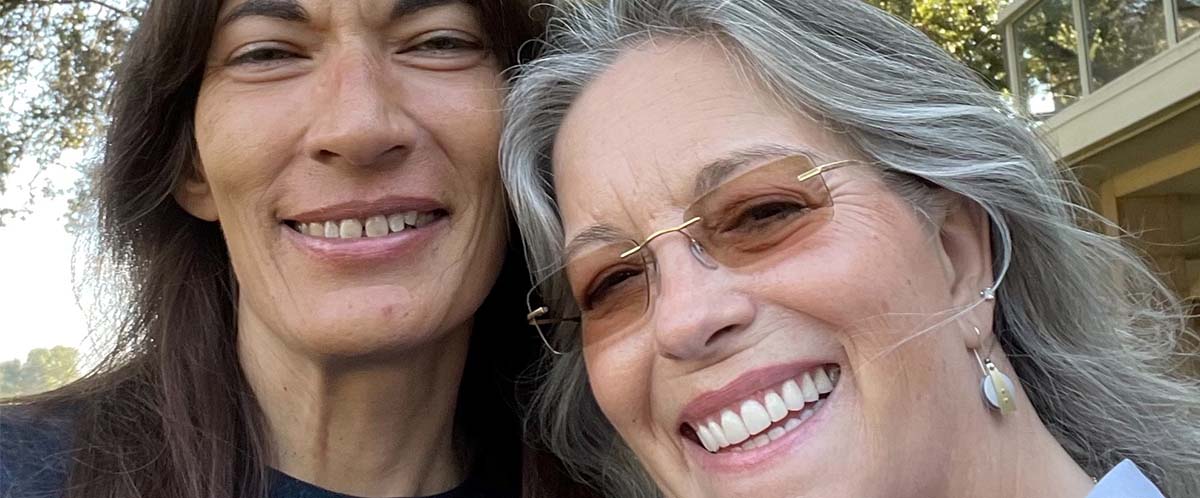
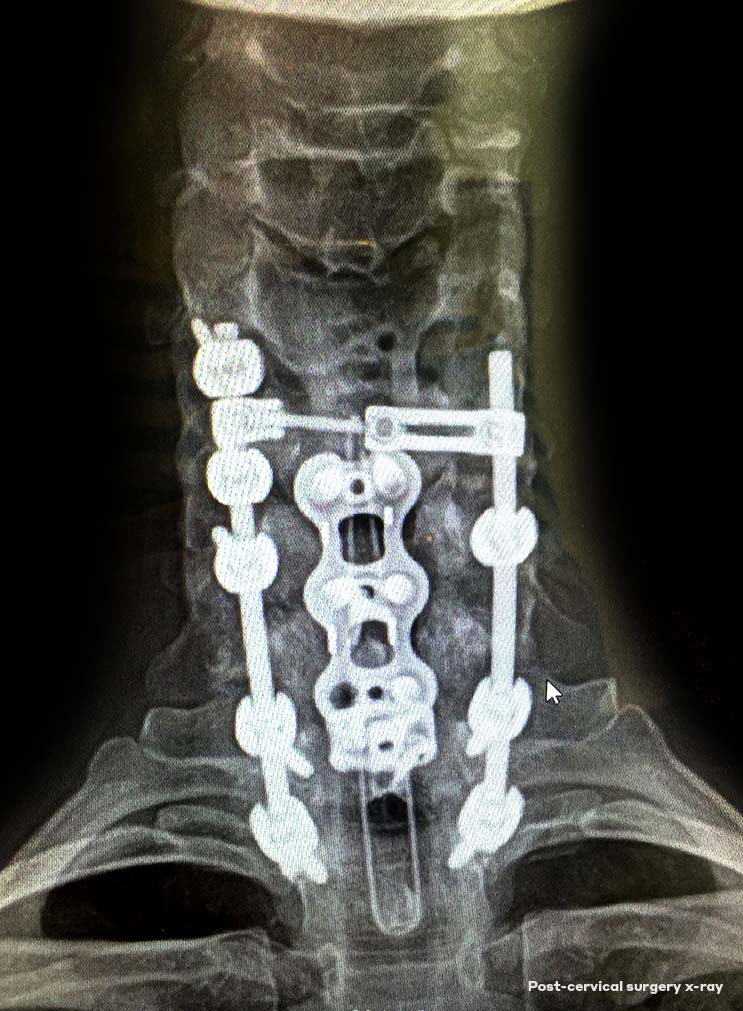
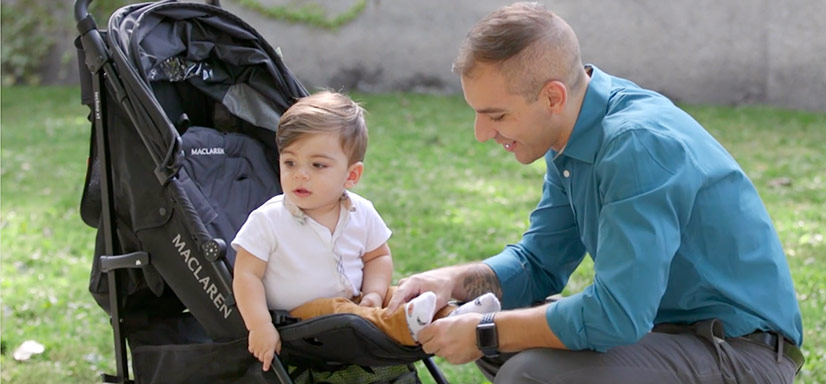
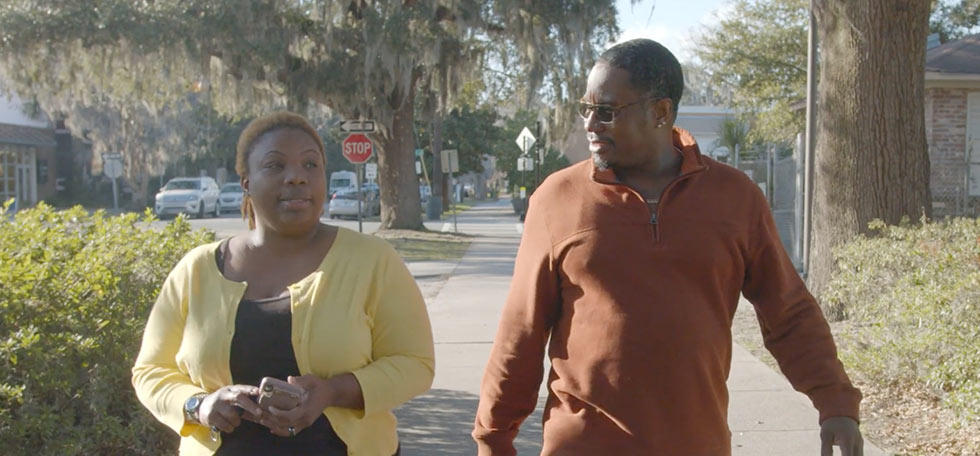
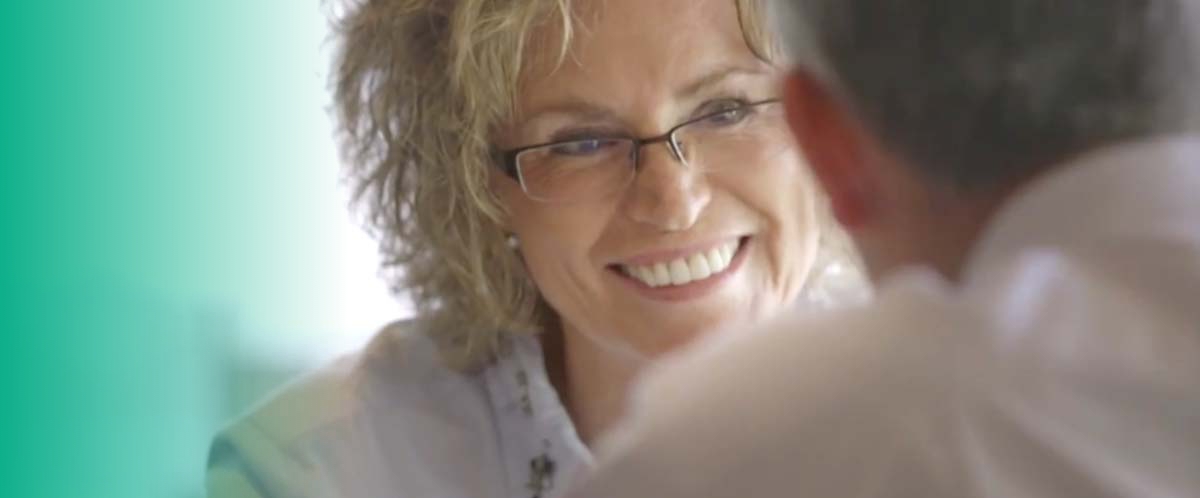
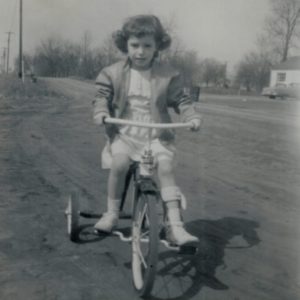 Shirley was born just before the polio vaccine was widely available and contracted the disease when she was about 3 years old. This set the wheels in motion for a lifetime of surgeries, doctor appointments and eventual chronic pain.
Shirley was born just before the polio vaccine was widely available and contracted the disease when she was about 3 years old. This set the wheels in motion for a lifetime of surgeries, doctor appointments and eventual chronic pain.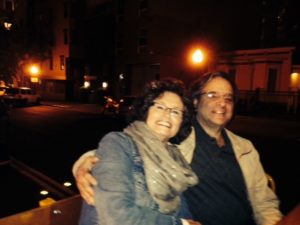 “One day, in 2007, I was just sitting in my office and I had [this pain occur]. Since I was a child, I’ve experienced a lot of pain [due to polio], but nothing like this. So, I thought, ‘Well, OK, it will just go away.’”
“One day, in 2007, I was just sitting in my office and I had [this pain occur]. Since I was a child, I’ve experienced a lot of pain [due to polio], but nothing like this. So, I thought, ‘Well, OK, it will just go away.’”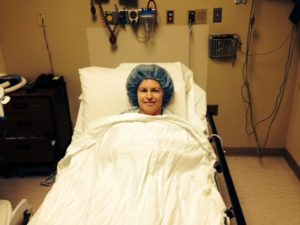 “I was pretty much dismissed, and that made me angry because it’s like, it’s your job to help me figure it out. So, I thought, ‘That’s OK, I’ll find somebody else.’”
“I was pretty much dismissed, and that made me angry because it’s like, it’s your job to help me figure it out. So, I thought, ‘That’s OK, I’ll find somebody else.’”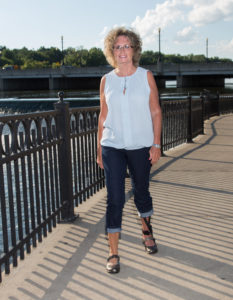 “I fully expected the pain to return because I was still skeptical.”
“I fully expected the pain to return because I was still skeptical.”